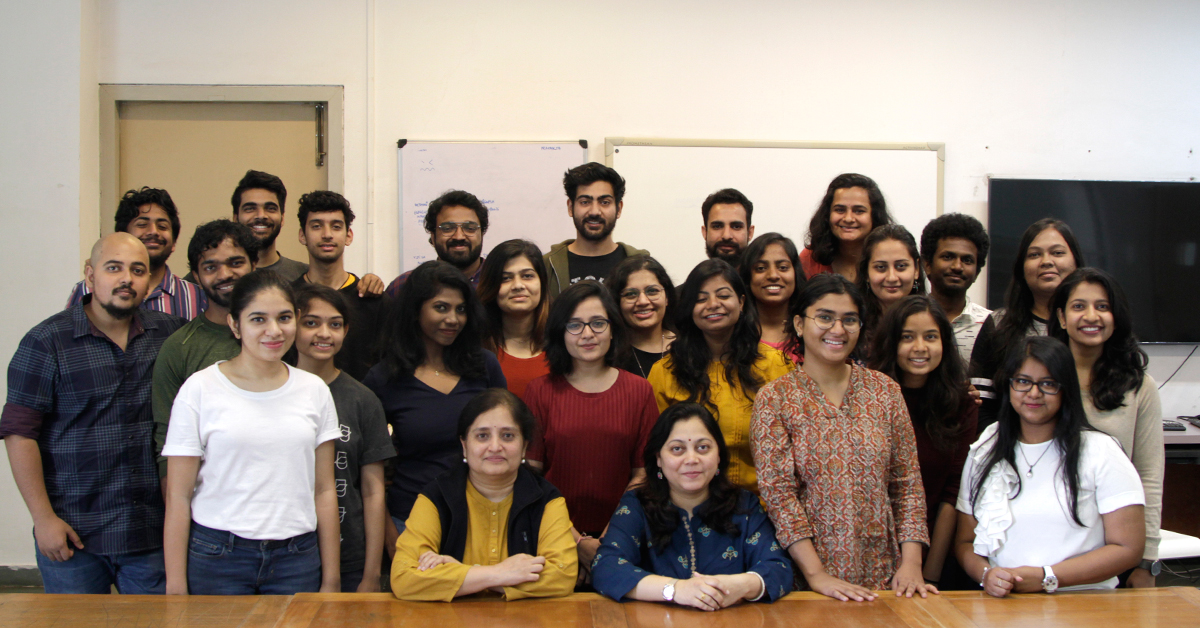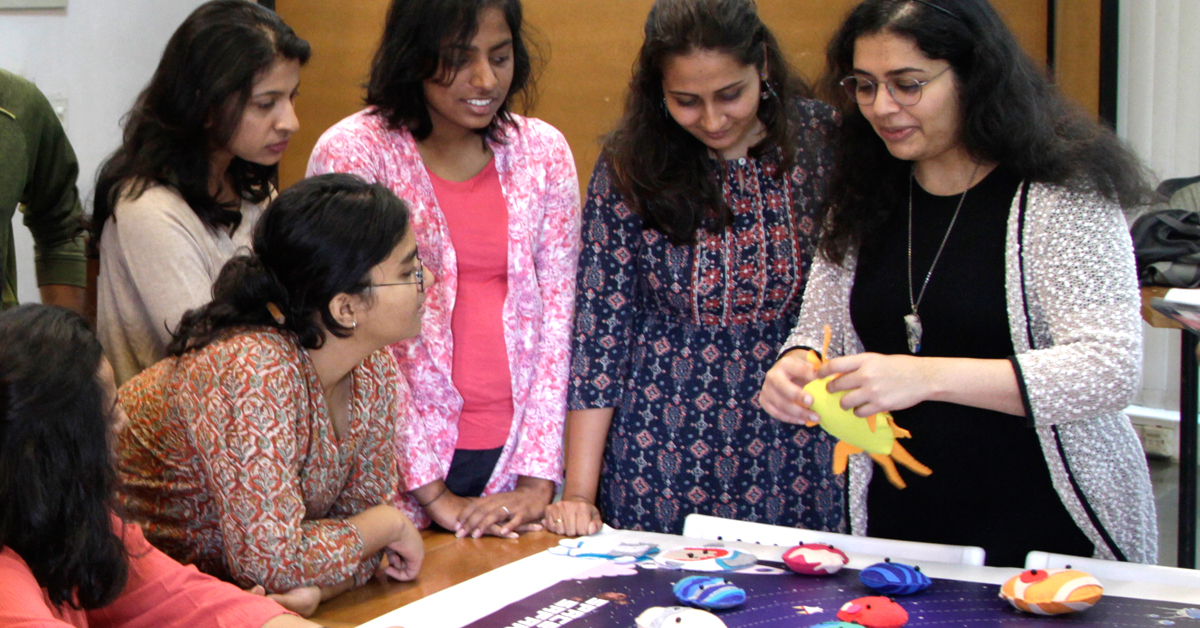The Interaction Design discipline focuses on aspects of design and behaviour across a wide range of products and sectors. It caters to domains related to innovation and developments in technology like AI, machine learning, IoT, etc. and prepares students to develop concepts, practices and processes in the area of interaction design.
The design projects offered, progressively move from conceptual, web and mobile platforms to dynamic, interactive interfaces and finally look at physical products and appliances within a spatial context. The programme is largely research-driven and explores various theoretical areas such as sensorial, perceptual-cognitive-behavioural and socio-cultural, with a focus on aesthetics. Students gain the competence to design a wide range of products for a diverse audience using digital media/technologies. They develop the ability to conceptualize and prototype products following a design process that progresses from the research phase to design development in the form of simulations and prototypes.
Read MoreFaculty
Athul Dinesh
athul_d[at]nid[dot]edu
Jagriti P Galphade
jagriti[at]nid[dot]edu
Dr Mamata N. Rao
mamatarao[at]nid[dot]edu
Info
Seats
19
COURSE OFFERED
Bengaluru Campus
DESIGN FACULTY
IT Integrated
Student Works
The Interaction Design discipline Student Work














